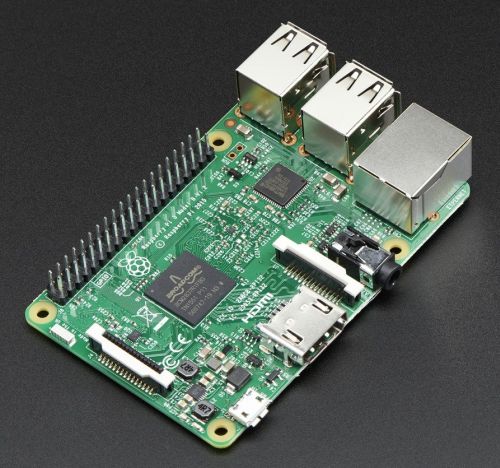My father was big on respect. We were taught to say “Yes, sir” and “Yes, ma’am” and much else that cooked down, for the most part, to respect. He understood the culture as it existed in 1960, and I was warned strongly not to speak slurs against people for what they were, especially Jews and blacks. If he had known how hatefully anti-semitic our universities would become by 2010, he would probably have apprenticed me out to a tool and die maker.
We were taught flag etiquette in Boy Scouts. We genuflected before we got into the pews at church. (I once genuflected before going into a row of seats at the Pickwick theater, so thoroughly soaked into my bones had the gesture become.) I was taught that girls were not casual entertainment, but potential friends and colleagues, and ultimately, spouses. Like I said, respect was a very big deal.
So it puzzles me sometimes when people write “G-d” instead of “God,” especially non-Jews. I understand, perhaps imperfectly, the Jewish traditions regarding the name of God, which, when written down, should not be burned or thrown in the trash, but buried in hallowed ground. God’s name is holy and must be respected. I get that.
But…”God” is not the name of God.
When Moses met God on the mountain and asked Him what his name was, God replied with what we today call the Tetragrammaton, approximated by YHWH in English characters, usually spoken as ‘Yahweh” when spoken at all. Given that this translates (roughly) to “I am that I am,” I think what God was telling Moses was, “I exist in and of myself, and that’s all you really need to know.” In the pre-Mosaic animist traditions, to know the true name of an entity was to have a certain amount of control over it, and that’s how shamans and magicians earned their keep, by commanding spirits/angels/demigods/demons to either deliver favors or keep their distance. The Hebrew God was beyond commanding. A great deal of the early part of the Old Testament can be seen as the transition between primordial animism and genuine monotheism. Given that names are how we tell similar things apart, a truly singular and infinite God would not in fact need a name at all. But to the extent that God has given us His name (and “Yahweh” is pretty much it) we need to respect it.
All that said, we need a way to address God, because God is our Creator and immanent, not off behind the clouds somewhere that He can’t hear us. “God” works well in that capacity, because it isn’t a name but a respectful and singular title, as befits a singular God. I think it’s fair to compare the title “God” to the word “Sir” as my sister and I were taught to use it: as a respectful form of address. The respect is built in. So I’m not sure I see how saying “S-r” is any more respectful than “Sir,” given that “Sir” was established specifically as a respectful form of address.
We could argue about that all night and halfway to lunchtime; why not use the word “Lord” or “Father” instead of “God”? Some do. On the other hand, there are many lords and many fathers, but only one God. As I see it, to blot out part of the word pushes the idea of God away from us in the here and now, away from the immanent toward the abstract. Push it far enough in the cause of respect, and the idea of an immanent and transcendant God vanishes over a sort of epistemological horizon, beyond which God ceases to be graspable by His creation. After that, what’s left but human lords and lesser gods?
I don’t want anybody to misunderstand here: This isn’t me chewing out people who choose to use the term “G-d”. I respect their choices, and if it makes sense to them, so be it. It just doesn’t make sense to me.
I have a plaque immediately above my desk, presenting an epigram from Erasmus in bold Roman letters:
BIDDEN OR NOT BIDDEN, GOD IS PRESENT.
Jung had the same epigram, in Latin, over his front door. (I have that plaque too.) It simply means that we don’t have to whistle God up from somewhere else. He’s always here, no matter what. We mean Him no disrespect to recognize that, with a word custom-made for the purpose, standing intact, graspable, and ready for us when we need Him most.













